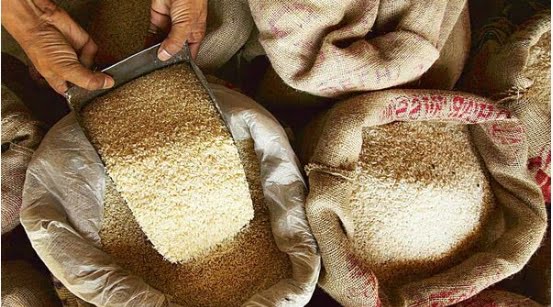India’s Strategy to Cut Broken Percentage in Non-Basmati Rice Exports Amid Food Inflation Concerns

The Centre considers reducing the amount of broken rice used in non-basmati rice exports to only 5%, down from the current 25%, aiming to stabilize surging food prices amid ongoing elections. This move could bolster domestic rice supplies, as prices persistently rise despite various measures like Bharat rice introduction and export curbs. Retail prices remain high at ₹44.40 per kg. Spot traders indicate prices at ₹35,000 per tonne for 5% broken rice and ₹30,000 for 25%.
The proposed reduction aims to ensure ample broken rice availability for industrial use, like ethanol production, potentially mitigating domestic rice prices. However, the Department of Commerce is evaluating the impact on rice exports. Non-basmati white rice export is currently restricted to government-to-government channels, while parboiled rice exports incur a 20% duty.
If approved, new specifications will apply to future government-to-government exports of non-basmati white rice. India has exported nearly 2 million tonnes under this route since last July’s export ban. As of now, queries to related ministries remain unanswered.



